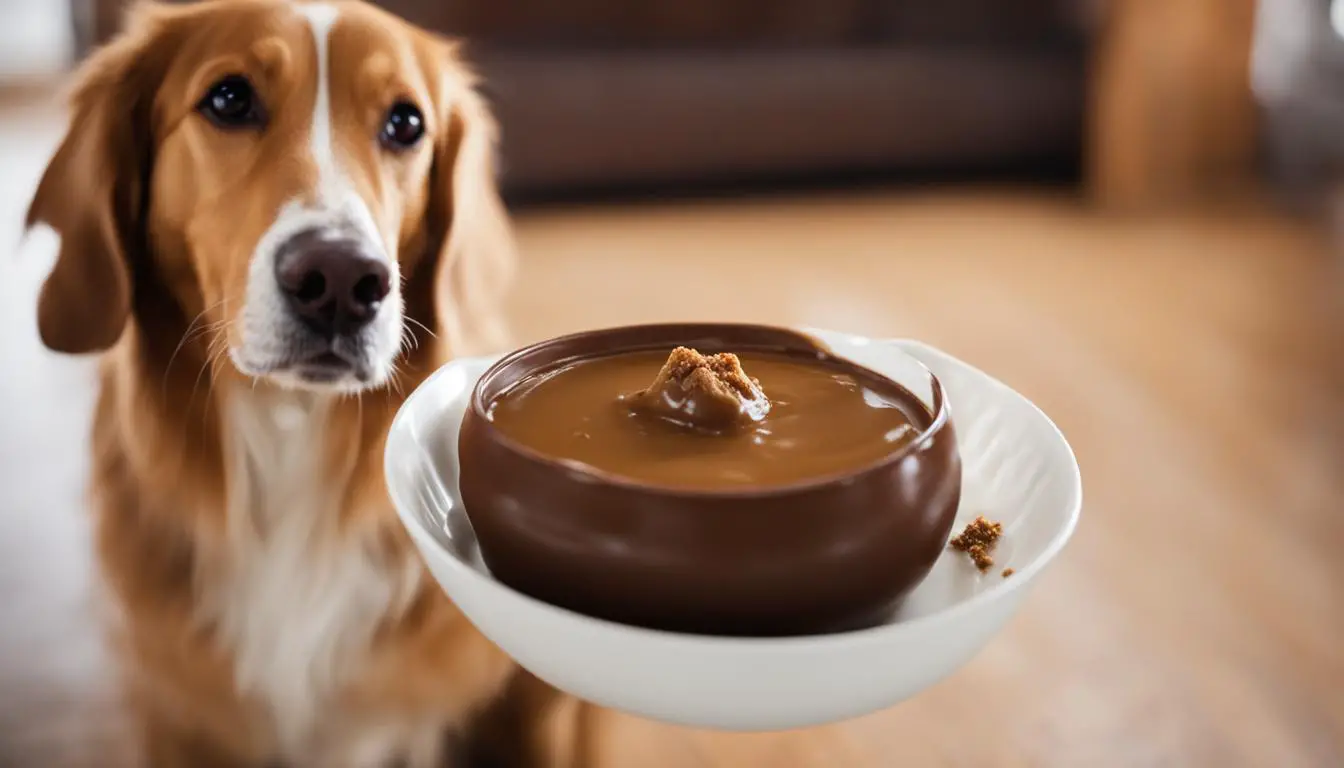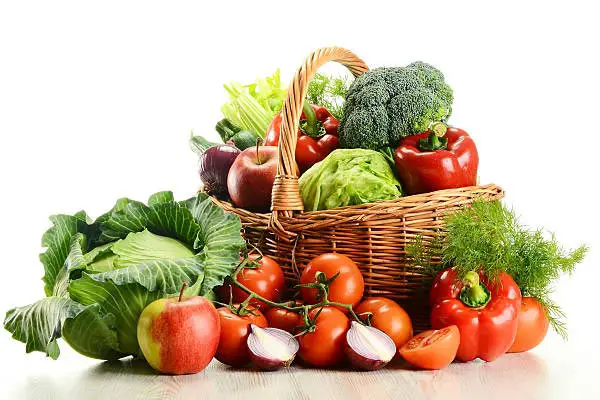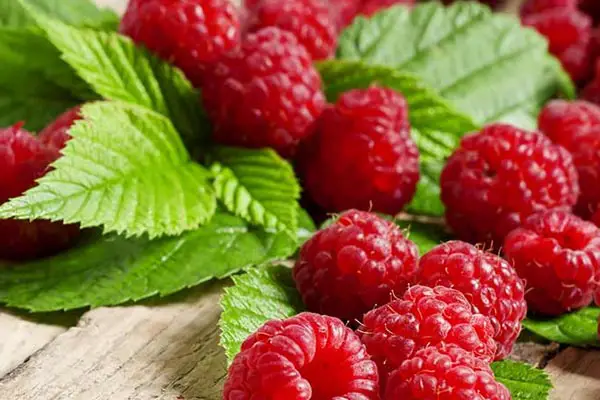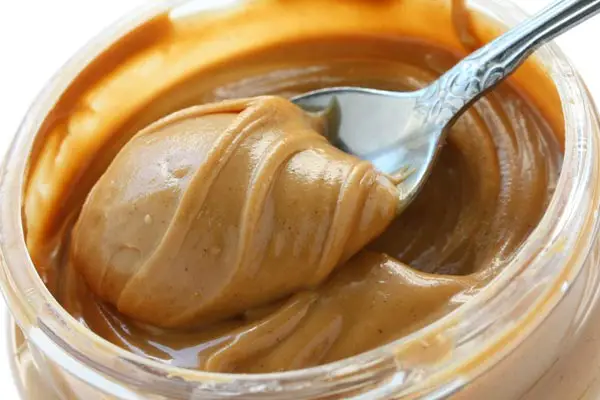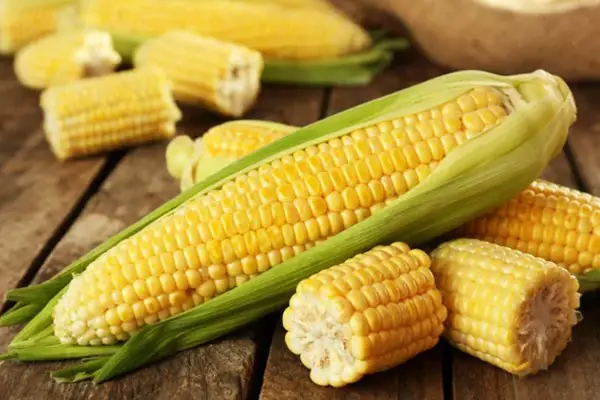Can Dogs Eat Vanilla Pudding? Revealing the Truth
Are you wondering if dogs can eat vanilla pudding? This article has the answers! While some ingredients are safe, others pose risks.
We’ll cover the dangers and benefits of homemade pudding, signs of toxicity, alternatives, and guidelines for safe indulgence. Stay tuned for the do’s and don’ts when treating your furry friend to vanilla pudding.
The Risks of Feeding Dogs Vanilla Pudding
While giving your dog vanilla pudding might seem harmless, it’s crucial to be aware of potential risks. Vanilla pudding often contains ingredients that can harm dogs, impacting their health. Considering these risks before introducing vanilla pudding into your dog’s diet is essential.
One significant concern is the high sugar content found in vanilla pudding. This can contribute to weight gain, obesity, diabetes, and dental problems in dogs. Excessive sugar intake poses a threat to their overall health and well-being.
Moreover, certain vanilla pudding products may include artificial sweeteners like xylitol. Xylitol is highly toxic to dogs, triggering a rapid insulin release and resulting in low blood sugar levels. This can lead to weakness, seizures, and, in severe cases, liver failure. To prioritize your dog’s health, it’s advisable to avoid feeding them vanilla pudding or any treats containing harmful ingredients.
| Risks of Feeding Dogs Vanilla Pudding | Recommended Alternatives |
|---|---|
| Sugar content can lead to weight gain, obesity, diabetes, and dental issues in dogs. | Plain yogurt or mashed bananas |
| Artificial sweeteners like xylitol can be highly toxic to dogs and cause low blood sugar levels. | Small pieces of dog-friendly fruits such as apples or watermelon |
| Dairy products in vanilla pudding can cause digestive upset or allergies in some dogs. | Treats specifically made for dogs or homemade treats using dog-friendly ingredients |
Health Benefits of Homemade Vanilla Pudding for Dogs
One of the main advantages of homemade vanilla pudding is that you have complete control over the ingredients used. You can opt for whole milk, which provides essential nutrients like calcium and protein.
Eggs can also be included, offering additional protein and healthy fats. Remember to avoid sweeteners, as dogs don’t need additional sugar.
Feeding your dog homemade vanilla pudding in moderation can help satisfy their sweet tooth without compromising their health. Dogs enjoy vanilla’s creamy texture and flavor, making it a tasty and enjoyable treat.
However, it’s crucial to consider your dog’s complete dietary needs and any specific dietary constraints they might have. Before incorporating new foods or treats into your dog’s diet, it’s always advisable to seek guidance from your veterinarian. This helps ensure that the additions are safe and suitable for your pet.
| Benefits of Homemade Vanilla Pudding for Dogs | ||
|---|---|---|
| Natural ingredients | Control over sugar content | Provides essential nutrients |
| No artificial additives or preservatives | Can satisfy a sweet tooth | Enjoyable and tasty treat |
Signs of Vanilla Pudding Toxicity in Dogs
Keep a close eye on your dog for any of the following signs, as they may indicate vanilla pudding toxicity:
- Vomiting
- Diarrhea
- Abdominal pain
- Lethargy
- Increased thirst
- Changes in behavior
If you notice any of these symptoms or suspect that your dog has ingested toxic vanilla pudding, it’s imperative to seek immediate veterinary care. Prompt action can help prevent further complications and ensure your dog receives the necessary treatment.
| Signs of Vanilla Pudding Toxicity in Dogs |
|---|
| Vomiting |
| Diarrhea |
| Abdominal pain |
| Lethargy |
| Increased thirst |
| Changes in behavior |
Table: Signs of Vanilla Pudding Toxicity in Dogs
Alternatives to Vanilla Pudding for Dogs
These alternatives provide a similar creamy texture and can be just as enjoyable for your furry friend without the potential risks associated with vanilla pudding. Here are some ideas:
Plain Yogurt
Plain yogurt can be a great alternative to vanilla pudding for dogs. It is a good source of protein and calcium, and many dogs find it very tasty. However, choosing plain yogurt without added sugars or artificial sweeteners is essential. You can serve it as a standalone treat or mix it with dog-friendly fruits for added flavor.
Mashed Bananas
Mashed bananas are another healthy and tasty alternative to vanilla pudding. Bananas contain essential nutrients like potassium and vitamin C; most dogs love the naturally sweet taste. You can serve mashed bananas as a standalone treat or freeze them in small portions for a refreshing summer snack.
Dog-Friendly Fruits
If your dog enjoys fruity flavors, you can offer them small pieces of dog-friendly fruits such as apples or watermelon. These fruits are low in calories and contain vitamins and minerals that benefit dogs. Remove any seeds or pits, and constantly feed fruits in moderation to avoid digestive upset.
| Treat | Description |
|---|---|
| Plain Yogurt | A good source of protein and calcium; choose plain yogurt without added sugars or sweeteners |
| Mashed Bananas | Rich in potassium and vitamin C, served mashed or frozen in small portions for a tasty treat |
| Dog-Friendly Fruits | Offer small pieces of apples or watermelon; remove seeds or pits and feed in moderation |
Guidelines for Safely Treating Your Dog
Ensuring your dog’s safety and health is key when treating them. Follow these simple guidelines to offer treats that are both enjoyable and beneficial for your furry friend:
Feed treats in moderation: While treats can be a great way to reward your dog or provide a special snack, it’s important not to overdo it. Excessive treats can contribute to weight gain and other health issues. Consult your veterinarian to determine the appropriate treats for your dog’s size, age, and activity level.
Choose dog-friendly treats: Not all human foods are safe for dogs. Avoid giving your dog treats that contain harmful ingredients, such as artificial sweeteners (like xylitol), chocolate, grapes, or onions. Stick to treats specifically made for dogs or use dog-friendly ingredients when making homemade treats.
Consider your dog’s dietary needs: Treats should be considered a part of your dog’s overall diet. Consider their nutritional needs and any specific dietary restrictions or allergies they may have, and consult with your veterinarian if you have any concerns.
Table: Common Dog Treats and their Potential Benefits
| Treat | Potential Benefits |
|---|---|
| Carrot sticks | Rich in vitamins and fiber |
| Peanut butter | Good source of protein and healthy fats |
| Canned pumpkin | Helps with digestion and can be a good source of fiber |
| Coconut oil | May support healthy skin and coat |
Final Thoughts
Sharing vanilla pudding with your dog is tempting, but caution is necessary. Homemade pudding with natural ingredients is safer, but considering your dog’s overall health is crucial.
While some pudding ingredients like plain milk and eggs are safe, sugar, artificial sweeteners, and dairy products can be harmful. Sugar may lead to obesity and diabetes, while xylitol in sweeteners can be toxic. Digestive upset and dairy allergies are also potential issues.
If you treat your dog with vanilla pudding, do so in moderation to avoid health issues like weight gain. Always consult your vet for guidance on suitable foods for your dog. While vanilla pudding can be okay in moderation, prioritize your dog’s well-being. Explore safer alternatives like plain yogurt or dog-friendly fruits for a healthier choice.
FAQ
Can dogs eat vanilla pudding?
Approaching the idea of feeding dogs vanilla pudding requires caution, as the ingredients have potential risks. Vanilla pudding often includes sugar, artificial sweeteners, and dairy products, which can harm dogs. Therefore, it is essential to be mindful of these components before considering giving vanilla pudding to your furry friend.
What are the risks of feeding dogs vanilla pudding?
The risks of feeding dogs vanilla pudding include potential obesity, diabetes, dental issues from sugar, toxicity from artificial sweeteners like xylitol, and digestive upset or allergies from dairy products.
Are there health benefits of homemade vanilla pudding for dogs?
Homemade vanilla pudding made with natural, dog-friendly ingredients such as whole milk, eggs, and minimal sugar can be a healthier dog alternative. However, it’s still important to feed it in moderation and consider your dog’s diet and specific dietary restrictions.
What are the signs of vanilla pudding toxicity in dogs?
If your dog shows signs of vanilla pudding toxicity, such as vomiting, diarrhea, abdominal pain, lethargy, increased thirst, or changes in behavior, it is crucial to seek veterinary care promptly. Immediate attention is necessary if you suspect your dog has ingested toxic vanilla pudding.
What are the alternatives to vanilla pudding for dogs?
For a safe and wholesome treat for your furry friend, consider offering plain yogurt, mashed bananas, or small, dog-friendly fruit pieces like apples or watermelon. These options offer a creamy texture similar to vanilla pudding, ensuring your dog can enjoy a delicious treat without any potential risks associated with traditional pudding.
What are the guidelines for safely treating your dog?
To keep your dog healthy, treat treats moderately to avoid weight gain and health problems. Choose treats made for dogs or use dog-friendly ingredients for homemade treats. Before trying new foods or treats, ask your vet for advice to ensure your dog’s overall health and diet needs are met. This helps keep your furry friend happy and healthy.
Any final thoughts on dogs and vanilla pudding?
Feeding your dog vanilla pudding in moderation is generally fine, but being cautious about potential risks is essential. If you choose to make homemade vanilla pudding with natural ingredients, it can be a safer option. However, always prioritize your dog’s overall health and dietary needs. If you have any concerns or questions about adding specific foods to your dog’s diet, consulting with your veterinarian is advisable for guidance.
